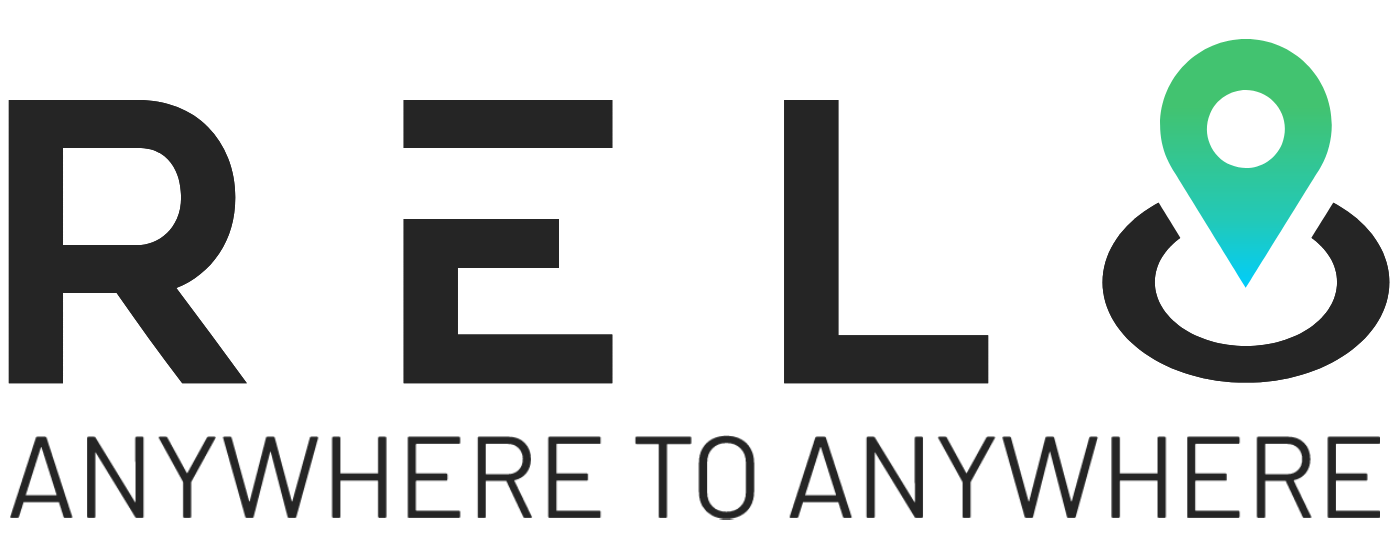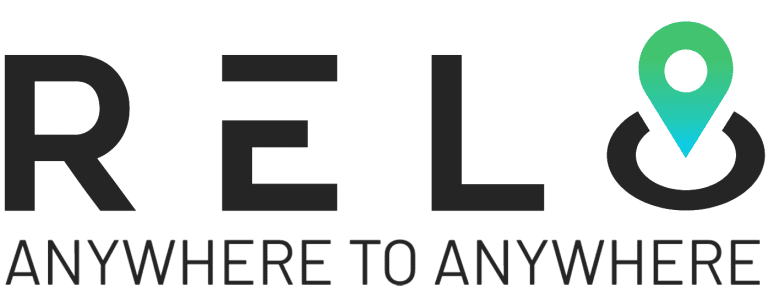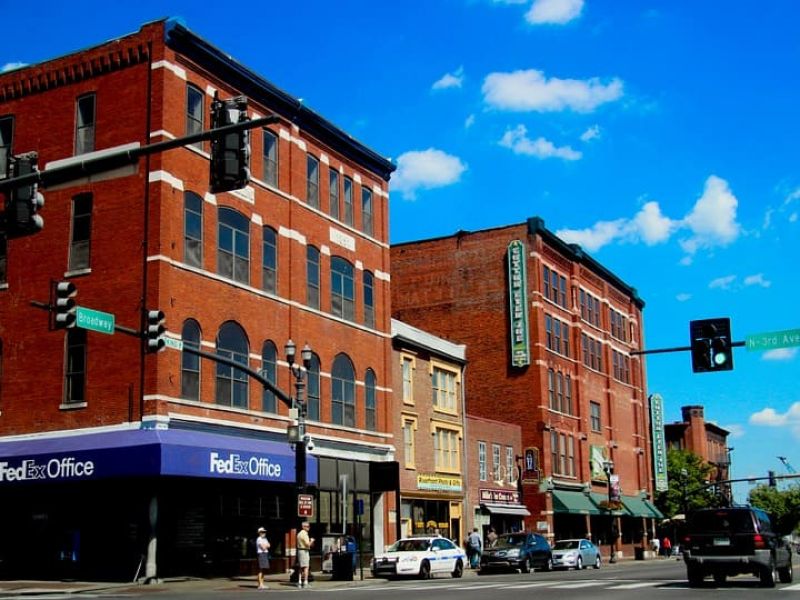Leaving behind the high costs and congestion of big cities for a more affordable, scenic, and flexible lifestyle sounds like a dream. But Zoom Town are making it a reality. Remote work has unlocked the freedom to live anywhere. Small towns nationwide are seeing a surge of new residents looking for lower living costs, outdoor access, and a better work-life balance.
Freed from office commutes, professionals seek affordable housing, strong internet, and thriving remote work communities. This shift is reshaping local economies, real estate, and the future of work.
This trend is changing people’s lives and why it might be the right move for you.
How Did Zoom Towns Come About?
A Zoom Town refers to a community experiencing growth. Remote workers no longer need to live in expensive metropolitan areas. The term gained traction during the pandemic. Professionals moved from high-cost cities to smaller towns with more affordable housing, better work-life balance, and increased access to nature. This shift drives housing demand and boosts communities.
In the U.S., places like Boise, Idaho; Asheville, North Carolina; and Bend, Oregon, have seen remarkable population increases. Census data reveals that Boise’s population grew by 2.9% in 2021, a significant shift from previous years. Other countries have also experienced similar trends, with Lisbon, Portugal, Chiang Mai, and Thailand attracting digital nomads and remote professionals.
The appeal lies in its mix of affordability, quality of life, and infrastructure. Many of these areas offer robust internet connectivity, coworking spaces, and communities that cater to remote workers.
? Related – The 35 Best Sites for Find Remote Work Jobs Online in 2025
Why Remote Workers Are Choosing Zoom Towns
Several key factors drive the shift. Cost of living is a significant factor, as high rents in San Francisco ($3,300/month), New York ($3,950/month), and London (£2,500/month) push workers toward more affordable areas. A Redfin report found that home searches in small towns rose 87% from 2019 to 2022, reflecting growing demand. Home prices in San Francisco ($1.3M) and New York ($750K) make buying unattainable.
Boise, Idaho ($485K) and Asheville, NC ($440K) offer more affordable options. Beyond affordability, remote workers seek better work-life balance. A survey by Owl Labs found that 77% of remote workers left cities for lower stress and more flexibility. The average commute in LA (53 min) and DC (43 min) adds up to nearly nine days a year lost in traffic, which remote work eliminates.
Another major draw is tax savings. States like Texas, Florida, and Tennessee, which have no state income tax, help workers keep more earnings. A $100K salary in California comes with nearly $6K in state taxes, compared to $0 in Texas or Florida. Property taxes are also lower in Colorado (0.51%) and North Carolina (0.84%), compared to New Jersey (2.49%) and Illinois (2.23%).
Internationally, remote workers are relocating to Bali, Portuga (click here to read the details of a digital nomad visa), and work from home in Mexico, where expat tax breaks and low living costs make life easier. Portugal’s NHR program offers 10 years of tax benefits, Mexico’s temporary resident visa allows four tax-free years, and Bali’s Second Home Visa provides a five-year stay with tax incentives.
With lower taxes, cheaper housing, and better quality of life, it is becoming the top choice for remote workers worldwide.

Real Estate Boom in Zoom Towns
The migration of remote workers has significantly transformed real estate markets. As a result, areas with stagnant housing markets now have record-high home prices and rental rates. For example, home prices in Bozeman, Montana, rose by 28% in 2022, a direct result of demand from remote workers. Similarly, property values in Truckee, California, and Durango, Colorado have soared as new residents arrive.
While this boom benefits homeowners, it also creates local affordability challenges. As a result, the housing supply often fails to meet demand, leading to higher rents and forcing some long-time residents to relocate. For example, cities like relocating to Austin, Texas, and Nashville, Tennessee (read the complete relocation guide here) are experiencing housing crises.
Furthermore, an influx of remote workers is putting pressure on existing infrastructure. Some towns are implementing zoning changes and affordable housing initiatives to address these challenges. As a result, these efforts aim to balance growth with sustainability.
?♀ Also read – The Best Tools and Apps for Remote Workers Managing Rental Properties
The Broad Economic Impact of Zoom Towns
It is reshaping local economies by injecting fresh talent relocation and financial resources into communities that once struggled with declining populations. Consequently, with remote workers earning big-city salaries while living in smaller towns, local businesses are thriving.
According to a press release by Upwork, 22% of Americans will continue working remotely in some capacity, bringing long-term economic changes in 2025. As a result, restaurants, coffee shops, and coworking spaces are thriving due to the influx of digital workers.
One example is Bentonville, Arkansas, home to Walmart’s headquarters. As a result, the town has actively adopted the remote work trend, investing in infrastructure and cultural projects to attract new residents. Similarly, initiatives are underway in Missoula, Montana, and Fayetteville, Arkansas, where city planners work to create environments supporting remote professionals.
The benefits extend beyond retail and dining. Moreover, local governments see increased tax revenues, allowing for public services and infrastructure improvements.
What Makes a Town a Zoom Town?
Not every tiny town experiencing growth qualifies as a Zoom Town. Instead, several key factors define these emerging hubs and set them apart from traditional suburban or rural communities. First, affordable housing is a significant draw. Many remote workers move for larger homes, outdoor spaces, or lower costs. Bozeman, Montana, and Asheville, North Carolina, attract professionals with affordability and lifestyle benefits.
Reliable, high-speed broadband is essential for remote professionals. They depend on virtual meetings, cloud-based tools, and constant online remote collaboration. Towns investing in fibre-optic infrastructure or public Wi-Fi hubs are more likely to attract digital workers. Moreover, the benefits of coworking spaces, networking communities, and local business hubs further improve a town’s appeal.
Many remote professionals seek social and professional connections. Therefore, towns with shared virtual workspaces, coffee shop culture, and entrepreneurial communities are increasingly appealing.
For example, Bentonville, Arkansas, and Missoula, Montana, have actively developed coworking environments to cater to their growing remote populations.

Challenges Facing Zoom Towns
They offer remote workers affordability, better work-life balance, and a chance to escape city congestion. However, rapid growth in these areas brings challenges impacting new arrivals and long-time residents. Infrastructure strain, housing shortages, and shifting community dynamics reshape these towns.
The most pressing concerns include –
- Rising Costs and Gentrification – Property values and rent prices increase as remote workers move in, sometimes pushing out long-term residents.
- Strained Infrastructure – Small towns often lack the roads, utilities, and public transit systems to accommodate rapid population growth.
- Internet Connectivity Gaps – Not all rural areas have high-speed internet, making it difficult for remote workers to function efficiently.
- Cultural Shifts – Some locals feel overwhelmed by the influx of outsiders who bring different lifestyles and expectations.
Addressing these challenges requires strategic urban planning, broadband expansion investment, and policies ensuring sustainable growth.
The Bright Future of Zoom Towns Ahead
The future depends on how well these communities adapt to their newfound popularity. As a result, with companies like Meta, Google, and X adopting long-term remote work policies, the relocation trend away from major cities is unlikely to slow down. Therefore, governments and policymakers must balance growth with sustainability, ensuring housing remains affordable and infrastructure keeps pace.
More towns are likely to develop incentives for remote workers, similar to Tulsa, Oklahoma’s remote work program, which offers financial incentives to professionals who relocate there.
Another significant factor is the rise of “work-from-anywhere” visas. It allows digital workers to reside in countries offering tax benefits and high-quality living conditions.
Places like Costa Rica are introducing new policies. At the same time, the Spain digital nomad visa and Greece digital nomad visa 2025 offer attractive opportunities for long-term remote residents. They provide affordability and a high quality of life.
Key Takeaways –
- It is booming due to the rise of remote work, offering affordable living, better quality of life, and tax incentives.
- Real estate markets are shifting, with rising property values in previously overlooked areas.
- Local economies benefit from remote workers injecting money into businesses, but challenges like gentrification and infrastructure strain remain.
- The trend is here to stay, with more companies allowing permanent remote work and countries introducing work-from-anywhere policies.
Recommended read – Highest Paying Remote Work from Home Jobs
The Social and Cultural Impact of Zoom Town
They bring new ideas, businesses, and cultural influences, enriching local communities and economies. However, as remote workers relocate from different states and countries, demographic shifts can create tensions between old and new residents. Balancing local identity with an influx of newcomers remains challenging for many towns.
The most significant changes include –
1. Changing Demographics and Diversity
Many smaller towns historically homogeneous in culture and industry now see greater diversity & inclusion as remote workers relocate from different states, countries, and backgrounds. This shift brings new ideas, businesses, and cultural influences, enriching local life but sometimes creating tensions between old and new residents. Some remote work communities struggle to balance preserving local identity with adopting an influx of outsiders.
2. Shift in Social Norms and Lifestyles
Remote work promotes a different daily routine than traditional in-office jobs. As a result, it has led to changes in business hours, recreational activities, and even traffic patterns. With this shift, many professionals work from home or in coworking spaces, making weekday life in these areas look different. For example, Tuesday afternoons fill cafés, midday crowds gyms, and weekend tourism patterns change.
3. Political and Policy Changes
As Zoom Towns grow, however, new residents often bring different political perspectives than long-time locals, leading to policy shifts on housing, environmental issues, and public services. As a result, in some towns, new zoning laws, infrastructure investments, and debates over economic development emerge as key issues, reflecting the changing priorities of an evolving population.
4. The Rise of Digital-First Communities
One of the most unique aspects is how communities form online and offline. Unlike traditional small towns where social life revolves around physical spaces, many remote workers build connections digitally before moving. Facebook groups, Slack communities, and remote work meetups help new arrivals integrate into the local scene, sometimes even before they physically relocate.
The social and cultural evolution is as significant as their economic transformation. As these areas grow, they must balance preserving their original charm. At the same time, they must adapt to the demands of an increasingly digital and globally connected workforce.
Frequently Asked Questions (FAQ)
1. Are there specific industries that thrive in Zoom Towns?
Tech, finance, design, marketing, and consulting are the most common remote-friendly jobs, but entrepreneurs and small business owners also benefit from the lower cost of living.
2. Can you rent short-term in Zoom Town before committing to a move?
Yes, many remote workers test out a location first by renting short-term through platforms like Airbnb, Vrbo (read the review here), and Peerspace or by joining co-living spaces designed for digital nomads.
3. Are Zoom Towns attracting more international remote workers?
Many international professionals are moving to U.S. Zoom Towns or seeking similar communities abroad, thanks to remote work visas, affordability, and a growing expat presence.
4. Do Zoom Towns have a strong sense of community?
Yes, many Zoom Towns foster tight-knit communities, often centred around coworking spaces, outdoor activities, and networking events. However, social integration can vary depending on the town.
The Bottom Line
The shift toward Zoom Town represents a fundamental change in how and where people live. Remote work has allowed professionals to choose lifestyle over location, leading to economic growth in previously overlooked areas. While challenges exist, these towns are evolving to meet the demands of a mobile workforce. As remote work reshapes the future, communities must adapt to ongoing growth.
It’s a mountain retreat, a coastal town, or a historic small city. The new way of working redefines living and working anywhere.
Relocate to Your Ideal Zoom Town with Confidence
Relo.AI simplifies the relocation process, from finding your perfect destination to handling logistics.
We help remote workers –
- Find the perfect Zoom Towns based on lifestyle, cost of living, and career needs.
- Housing options, renting or buying.
- Know tax benefits and residency rules for local and international moves.
- Handle the logistics, from paperwork to settling in.
Relocating shouldn’t be stressful. We care for the details so you can focus on your remote career and new beginnings. ??
Sign up for a session, and let’s make your move effortless!
Complete the form, and we will get in touch shortly.









